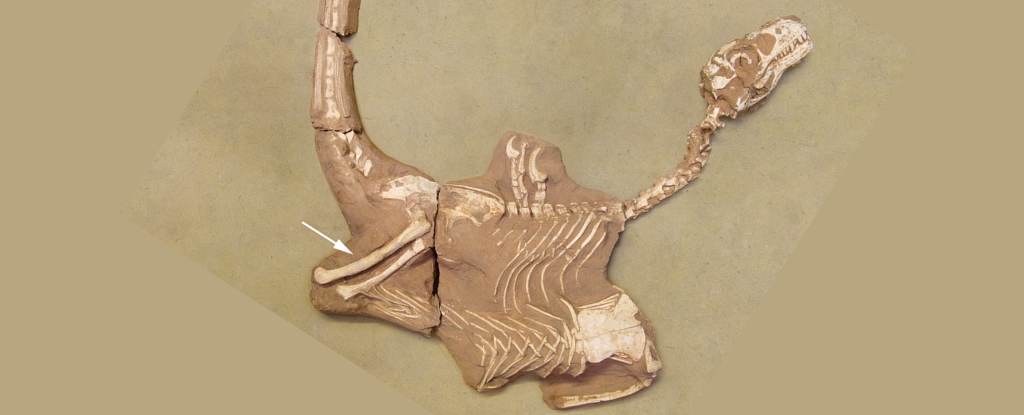
A recent discovery has unveiled a new dinosaur species, Shri rapax, which may have been even more formidable than its well-known relative, the Velociraptor. This newly identified dinosaur, unearthed in Mongolia, features distinct adaptations that suggest it was particularly well-equipped for hunting.
Unlike the Velociraptor, which has often been portrayed in popular media as a larger predator, Shri rapax was closer in size to a turkey. However, its evolutionary traits indicate it possessed larger, more robust hands, particularly notable for their impressive thumb claws. These claws, measuring nearly 8 centimeters long, were significantly longer than those of similar-sized dinosaurs, making them ideal for slashing and stabbing prey.
Researchers have noted that the anatomy of Shri rapax’s hands implies a specialization for targeting larger and more resilient prey, unlike the typical diet of the Velociraptor. According to the study published in the journal Historical Biology, the dinosaur likely preyed on animals such as protoceratopsians and juvenile armored ankylosaurs. The broader snout of Shri rapax also suggests it had a stronger bite compared to its relatives.
Significant Fossil History
The fossil remains of Shri rapax have a tumultuous history. Initially discovered in Mongolia, the holotype fossil was subsequently poached and found its way into private collections in Japan and England. Eventually, it was acquired by a French museum, which returned it to Mongolia. Unfortunately, during further studies, the skull and neck bones were lost after being scanned in Belgium. Currently, the skeleton is displayed with a printed cast of the skull, reconstructed using data from the scans.
The research team emphasizes that despite its tragic history, the findings surrounding Shri rapax provide valuable insights into the evolutionary adaptations of dinosaurs. The differences between this species and Velociraptor suggest they could have coexisted by exploiting different ecological niches, allowing them to thrive in the same environment.
As more discoveries like Shri rapax emerge, they continue to reshape our understanding of dinosaur biology and behavior, enhancing the intricate narrative of life in prehistoric ecosystems.






